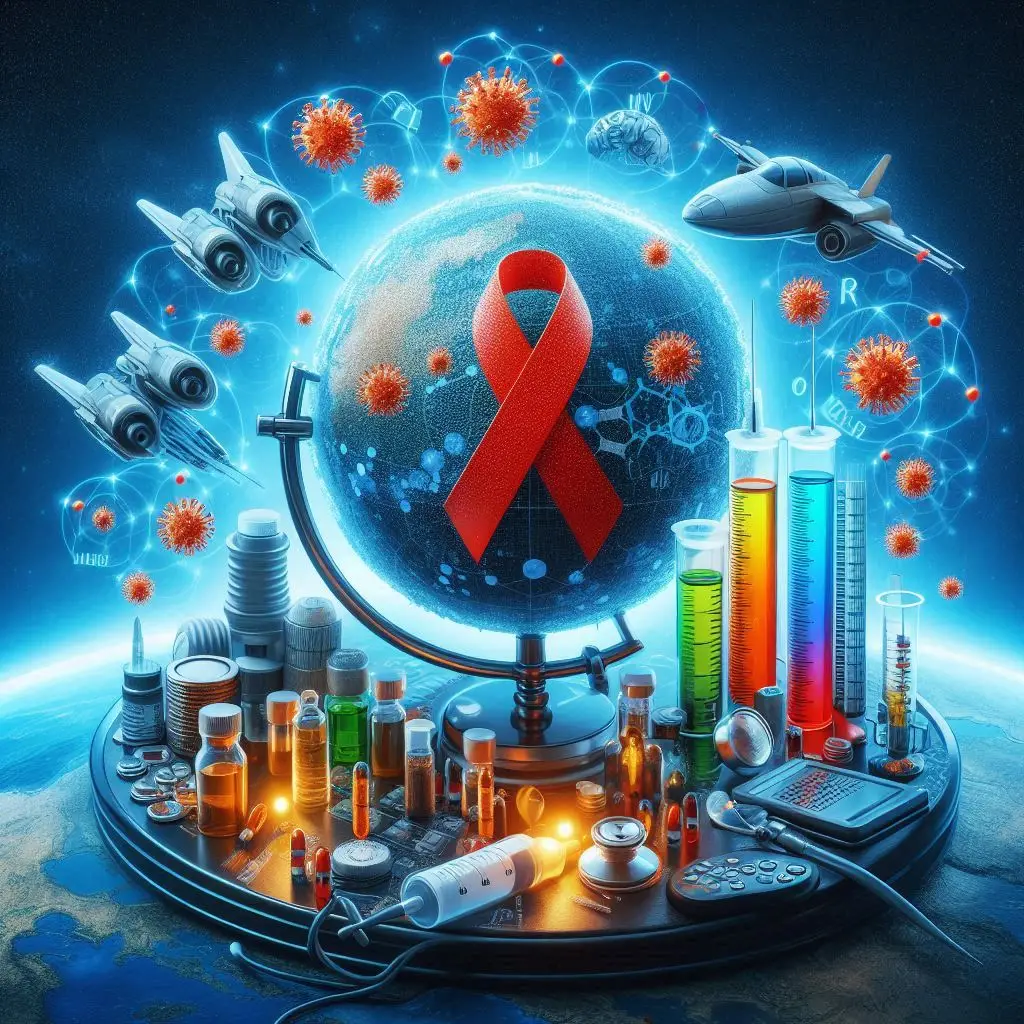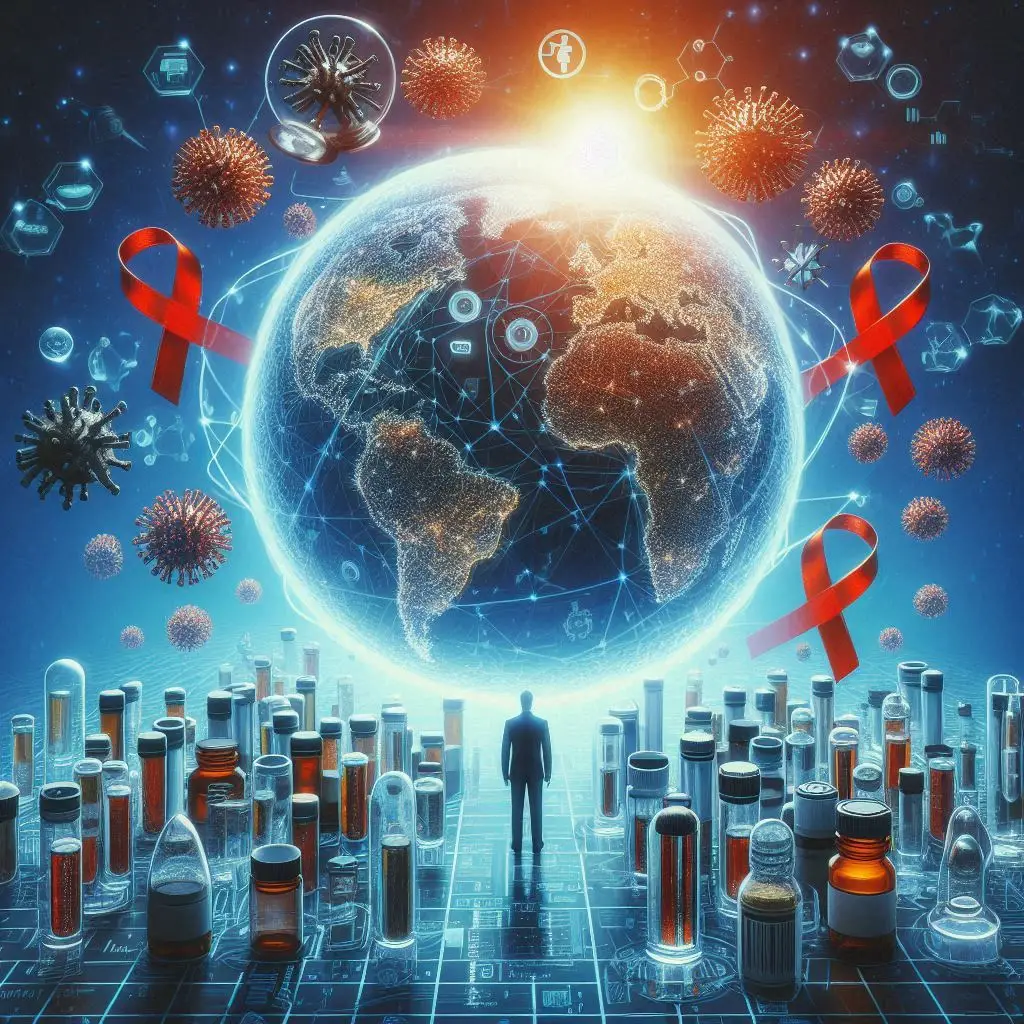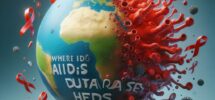Imagine trying to trap a shadow—something that constantly moves, shifts, and slips away the moment you think you’ve caught it. That’s what curing HIV has felt like for decades. Despite the leaps in treatment and prevention, finding a complete cure for HIV remains one of the most elusive goals in medical science. But hope is not lost. As researchers edge closer to a potential cure, it’s essential to revisit a core question that shaped the global response: Where did AIDS come from?
Where Did AIDS Come From?
To understand the complexity of curing HIV, we must first ask: where did AIDS come from? The roots of AIDS trace back to a virus called SIV (Simian Immunodeficiency Virus), which is found in chimpanzees and other primates. Scientists believe that somewhere in the early 20th century, SIV crossed into humans—most likely through contact with infected animal blood during hunting or butchering in Central Africa. This zoonotic jump led to the birth of HIV-1, the most widespread strain of the virus.

It wasn’t until the early 1980s, however, that the world first heard the name “AIDS”—a deadly syndrome that began showing up in major cities like New York and San Francisco. From that point on, the question “Where did AIDS come from?” became both a scientific and social inquiry, leading to global efforts in understanding, treating, and eventually curing the disease.
Where Do We Stand Today?
ART is not a cure—it only suppresses the virus. The moment a patient stops treatment, the virus can re-emerge from hidden reservoirs in the body.
It integrates its genetic material into the DNA of human cells, lying dormant for years, even decades. Curing HIV means finding a way to either eradicate these hidden cells or permanently silence the virus.

The Two Paths Toward a Cure
- Sterilizing Cure:
It’s like pulling out every single weed from a garden—down to the last root. While groundbreaking, this method is too risky and expensive to be used widely. - Functional Cure:
Instead of removing the virus, this strategy aims to control it without daily medication. It’s like putting the virus in a biological prison, where it remains locked away and harmless. Some clinical trials involving “kick and kill” techniques—waking up dormant HIV cells and then destroying them—have shown promising results.
Groundbreaking Advances
- Gene Editing (CRISPR): Scientists are experimenting with CRISPR technology to cut HIV DNA out of infected cells. In animal models, this has shown some success.
- Broadly Neutralizing Antibodies (bNAbs): These special antibodies can attack a wide variety of HIV strains. Trials combining bNAbs with therapeutic vaccines are showing potential.
- Stem Cell Therapies: Inspired by the Berlin and London Patients, researchers are working on safer stem cell approaches that don’t require risky transplants.
Why the Question “Where Did AIDS Come From?” Still Matters
The inquiry where did AIDS come from is more than just academic. It’s the foundation of everything researchers know about the virus’s structure, behavior, and weaknesses. By understanding the virus’s evolutionary past, scientists can better predict how it mutates and where it might hide.
The Cure Horizon
Curing HIV is no longer science fiction—it’s a matter of when, not if. While we haven’t reached the final destination, the scientific community is closer than ever. Each discovery adds a piece to the puzzle that began decades ago when the world first asked: Where did AIDS come from?
As we look toward the future, hope continues to rise—not just for treatment, but for complete freedom from the virus. The shadow may still dance, but one day, science will hold the light strong enough to dissolve it forever.


